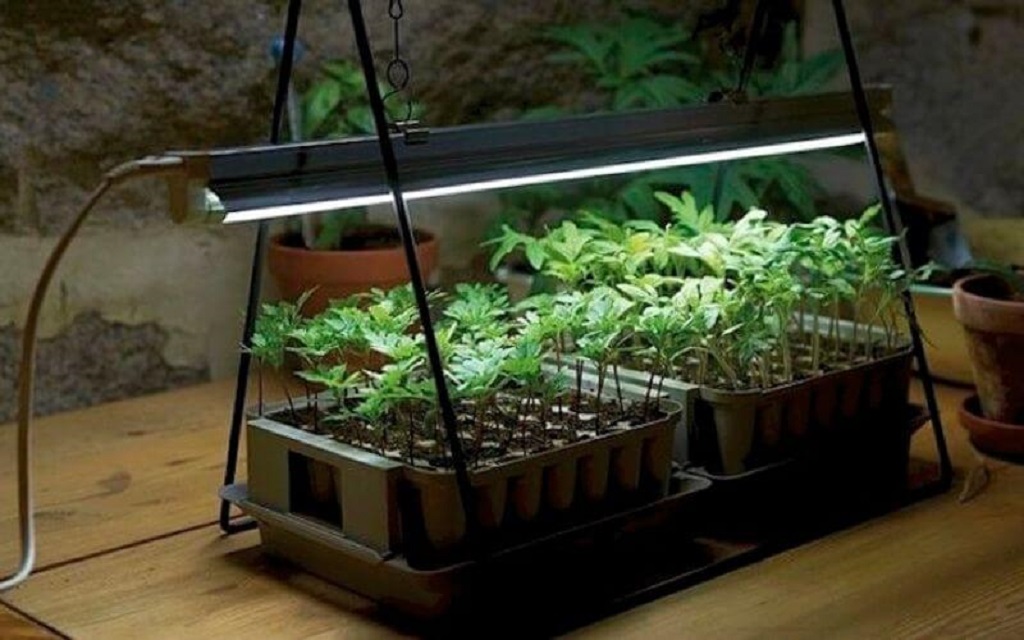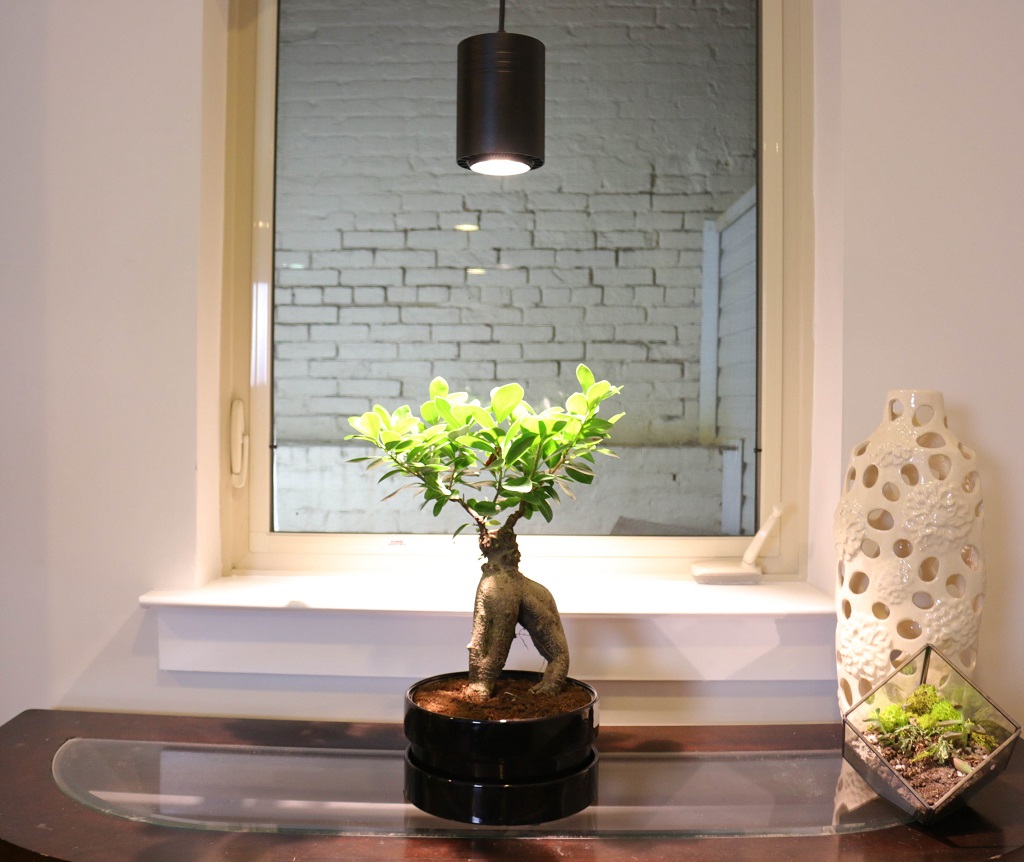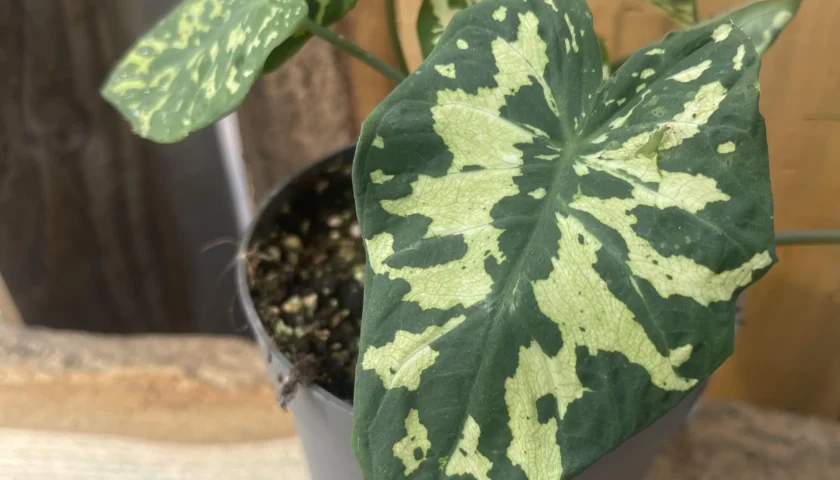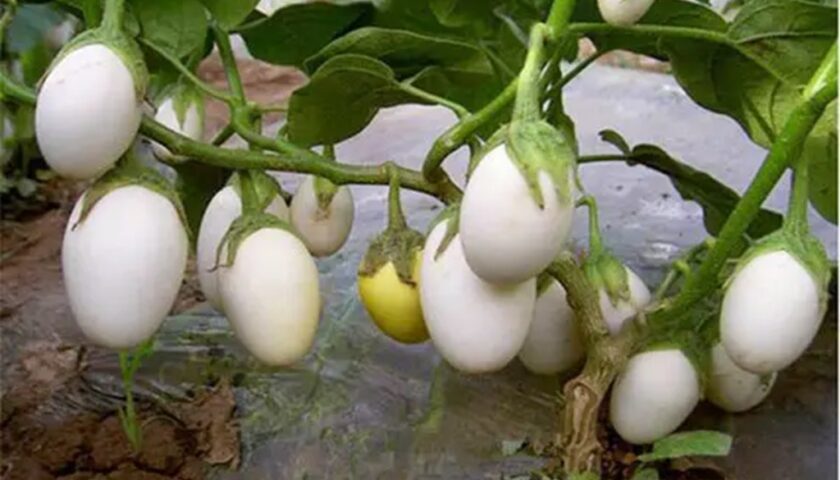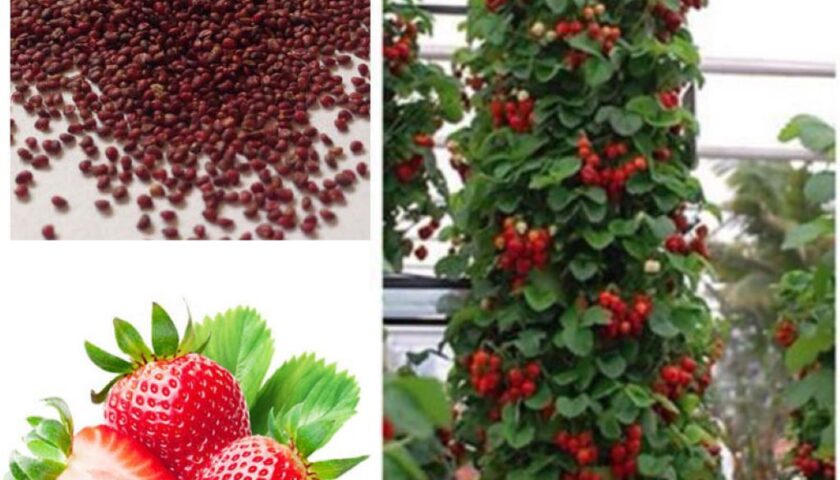As the interest in indoor gardening continues to grow, many plant enthusiasts wonder if it’s possible for indoor plants to thrive solely under artificial light. Traditionally, plants rely on sunlight as their primary source of energy for photosynthesis. However, with advancements in technology, artificial lighting systems have become a viable alternative for providing the necessary light spectrum for plants’ growth. In this article, we will explore the potential of indoor plants growing in artificial light, discussing the benefits, considerations, and best practices for successful indoor gardening.
The Role of Light in Plant Growth
Before delving into the specifics of artificial lighting for indoor plants, it’s important to understand the role of light in plant growth. Indoor trees are a great addition to any home, but finding the right spot for them can be a challenge, especially if you have low light. Light is the primary energy source that enables photosynthesis – the process through which plants convert light energy into chemical energy to fuel their growth and development. Sunlight consists of various wavelengths, including ultraviolet (UV), visible, and infrared light. Each of these wavelengths plays a unique role in the photosynthetic process, and plants have evolved to utilize specific parts of the light spectrum. When it comes to indoor tree low light, it’s important to choose a plant that can thrive in such conditions.
Understanding Artificial Lighting for Indoor Plants
1. Types of Artificial Lights
In indoor gardening, there are several types of artificial lighting commonly used to provide light for plants:
- Incandescent lights: These lights are inefficient for plant growth as they produce more heat than light, making them less suitable for indoor gardening.
- Fluorescent lights: Fluorescent lights come in different types, including compact fluorescent lights (CFLs) and high-intensity discharge (HID) lamps. CFLs are energy-efficient and provide a good light spectrum for plants, making them a popular choice for indoor gardening. HID lamps, such as metal halide (MH) and high-pressure sodium (HPS) lights, emit light in specific spectrums, making them suitable for different stages of plant growth.
- LED lights: LED lights have gained popularity in recent years due to their energy efficiency and customizable light spectrum. LED grow lights can be tailored to provide specific wavelengths, allowing growers to optimize light conditions for different plant species.
2. Benefits of Artificial Lighting for Indoor Plants
Using artificial lighting for indoor plants offers several benefits:
- Year-round gardening: With artificial lighting, you can create optimal growing conditions for plants regardless of the season or location. This allows for year-round gardening and ensures a consistent supply of fresh herbs, vegetables, or ornamental plants.
- Controlled environment: Artificial lighting allows you to have precise control over the light spectrum, intensity, and duration received by your plants. This level of control enables growers to tailor the lighting conditions to suit the specific needs of different plant species or growth stages.
- Supplementing natural light: In spaces with limited access to natural sunlight, such as basements or rooms with small windows, artificial lighting can supplement the available light and provide plants with the energy they need to grow.
3. Considerations for Indoor Gardening with Artificial Light
While indoor gardening with artificial light has its advantages, there are some considerations to keep in mind:
- Light intensity: Different plants have varying light intensity requirements. It’s important to choose the appropriate lighting system and position the lights at the correct distance from the plants to ensure they receive the right amount of light.
- Light spectrum: Plants rely on specific light wavelengths for optimal growth. Some plants prefer a broad spectrum, while others have specific requirements. Understanding the light spectrum needs of your plants will help you select the appropriate artificial lighting system.
- Light duration: Just as plants require a period of darkness to rest, they also need a sufficient amount of light for photosynthesis. Providing the right duration of light exposure ensures plants receive the energy they need while allowing them adequate time to rest.
4. Best Practices for Indoor Gardening with Artificial Light
To ensure successful indoor gardening with artificial light, consider the following best practices:
- Select the right lighting system: Assess the light requirements of your plants and choose the appropriate lighting system. LED grow lights offer versatility and energy efficiency, making them a popular choice for indoor gardening.
- Position the lights correctly: Adjust the height and distance of the lights to meet the light intensity needs of your plants. Keep in mind that different growth stages may require varying light intensities.
- Monitor light duration: Establish a consistent light schedule for your plants. Most plants require 12-16 hours of light per day for optimal growth. Use timers to provide consistent light exposure and ensure plants have sufficient darkness for rest.
- Rotate plants: Rotate your plants regularly to promote uniform growth and prevent uneven light distribution. This helps ensure that all parts of the plants receive adequate light exposure.
Conclusion
Indoor plants can indeed grow and thrive under artificial light, such as LED grow lights. Through the use of appropriate lighting systems, growers can provide the necessary light spectrum and intensity for photosynthesis. Indoor gardening with artificial light offers numerous benefits, including year-round gardening, precise environmental control, and the ability to supplement natural light in spaces with limited access to sunlight, which can definitely help make my patio look nice. By understanding the specific light requirements of plants and following best practices, indoor gardeners can create optimal conditions for their plants to flourish and enjoy the rewards of a thriving indoor garden.
FAQs
- Can any indoor plant grow under artificial light?
While most indoor plants can grow under artificial light, certain plants are better suited for this setup. Plants with lower light requirements, such as snake plants and pothos, tend to fare well under artificial lighting.
- How far should I place the lights from my plants?
The distance between the lights and plants depends on the light intensity of the specific lighting system. As a general guideline, fluorescent lights should be placed 6-12 inches away, while LED grow lights can be positioned 12-24 inches above the plants.
- How long should I leave the lights on each day?
Most plants require 12-16 hours of light per day for optimal growth. Maintain a consistent light schedule using timers to ensure plants receive enough light while also allowing for a period of darkness.
- Are LED grow lights the best choice for indoor gardening?
LED grow lights offer numerous benefits, including energy efficiency, customizable light spectra, and long lifespan. They are often considered the best choice for indoor gardening due to their versatility and ability to meet the specific light requirements of different plant species.
- Can I use artificial lighting as the sole light source for my indoor plants?
While it is possible to use artificial lighting as the sole light source, it’s beneficial to provide a combination of natural and artificial light. If natural light is limited, supplementing with artificial lighting ensures plants receive the energy they need for robust growth.

